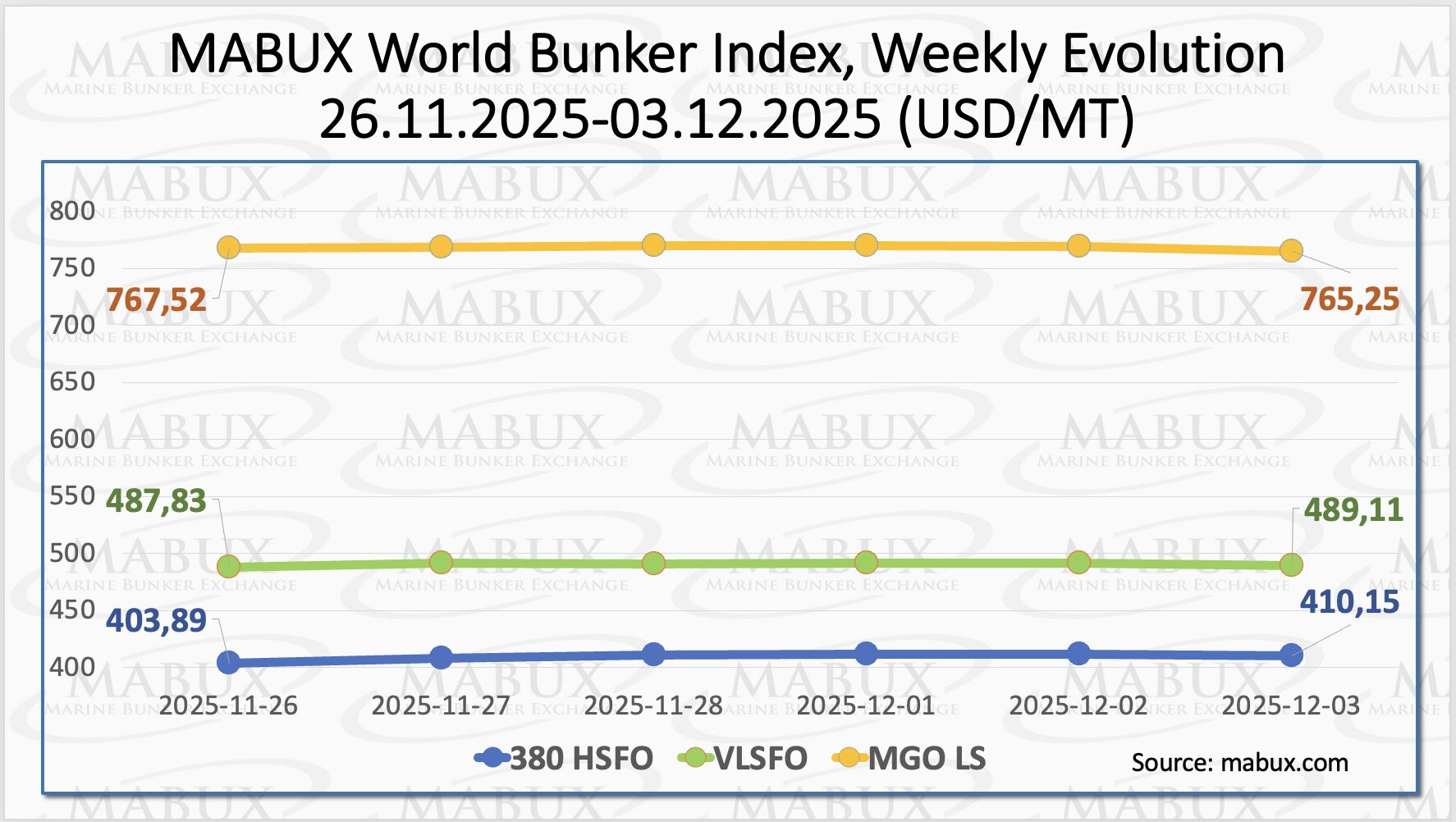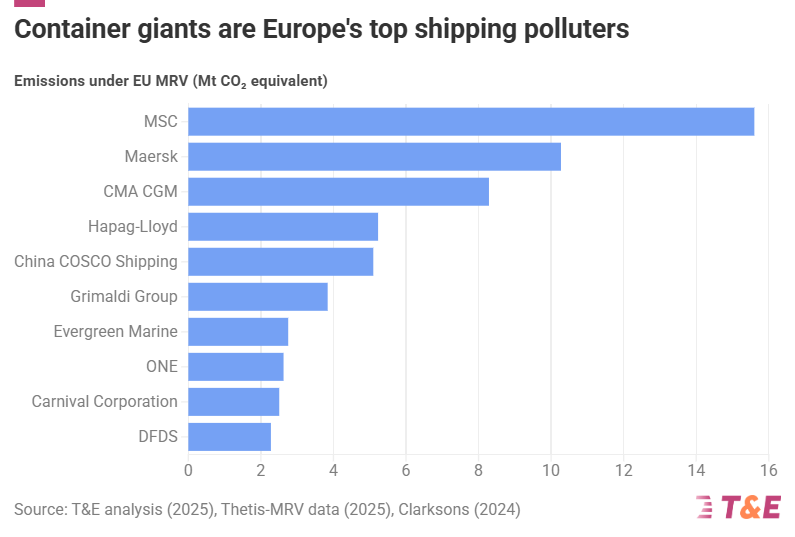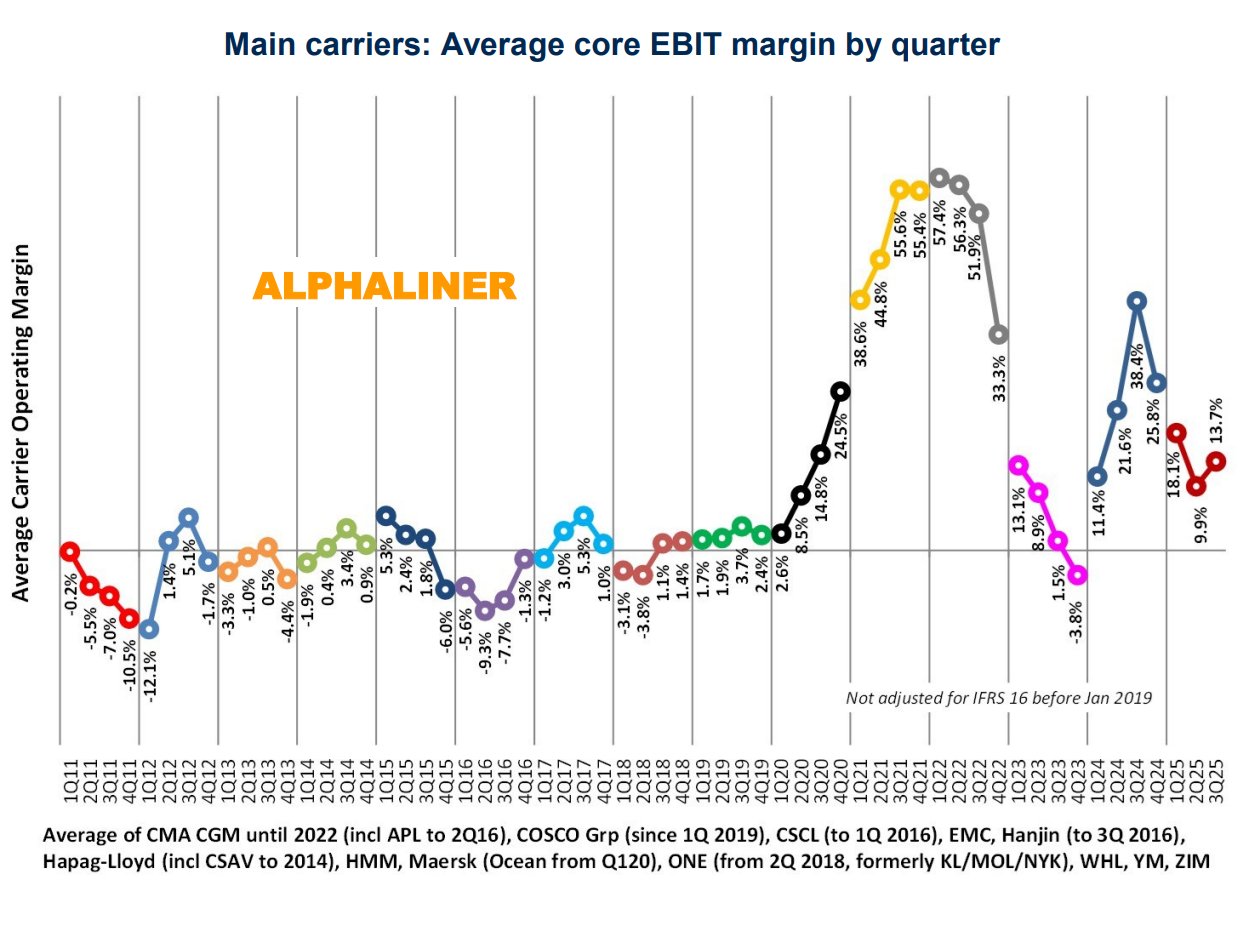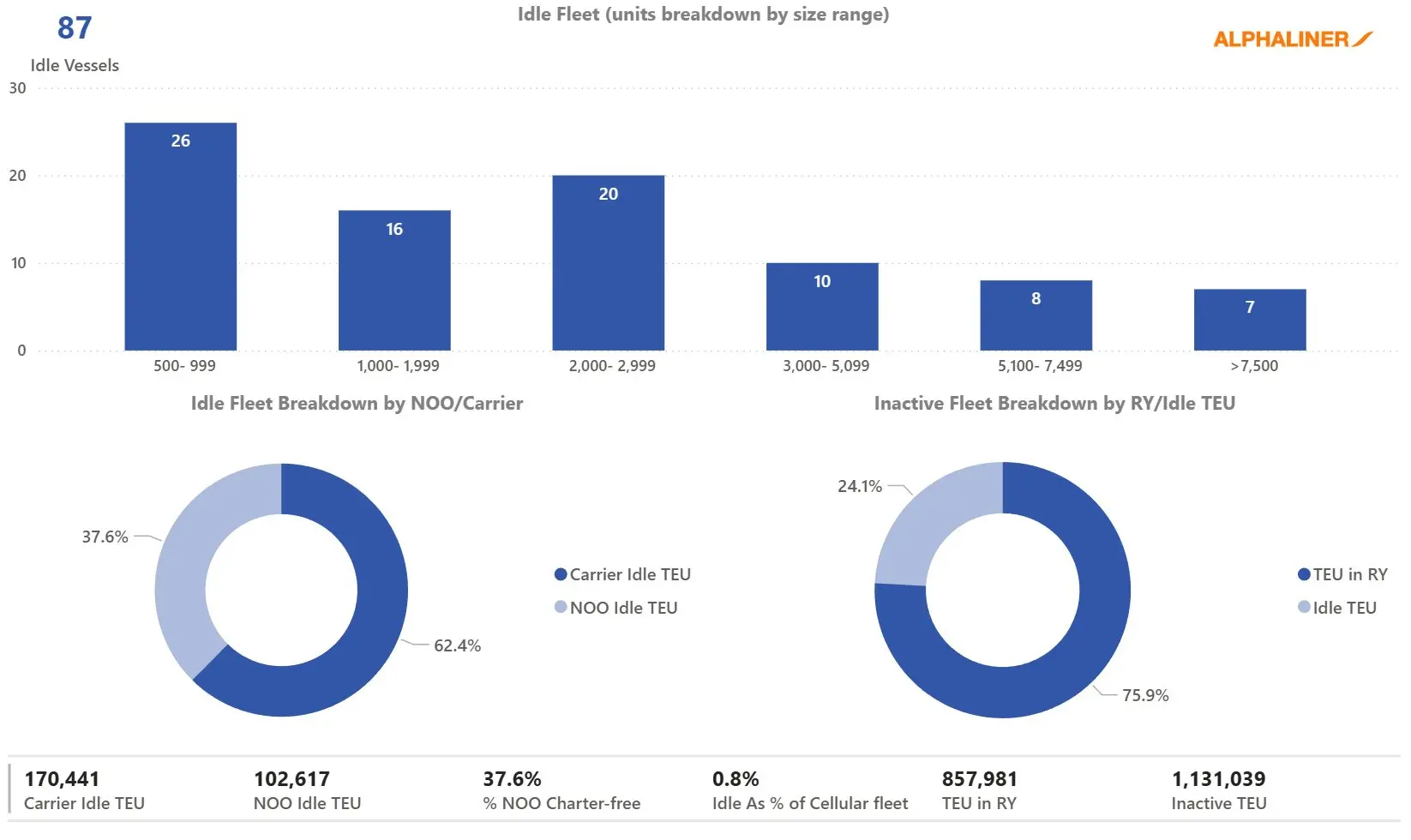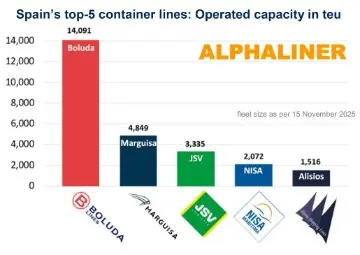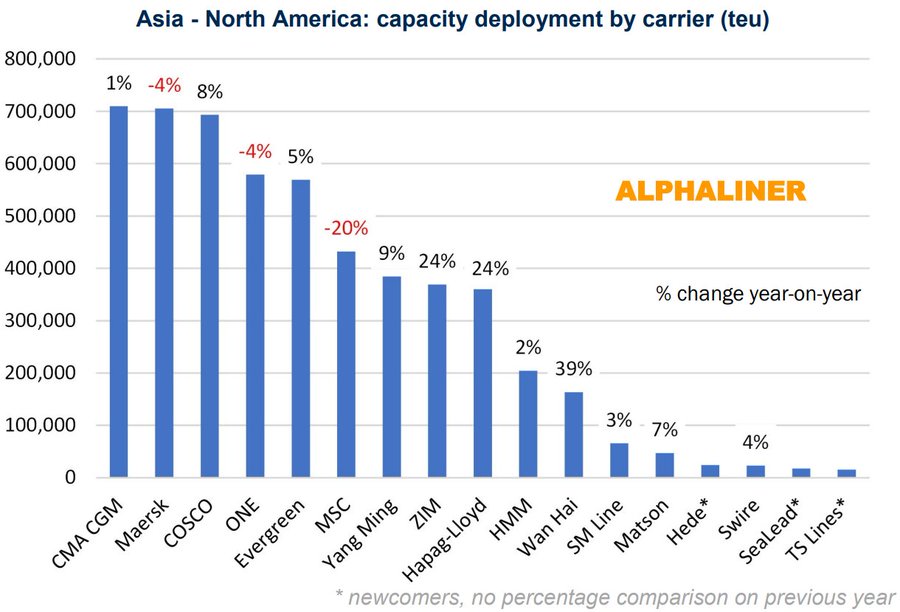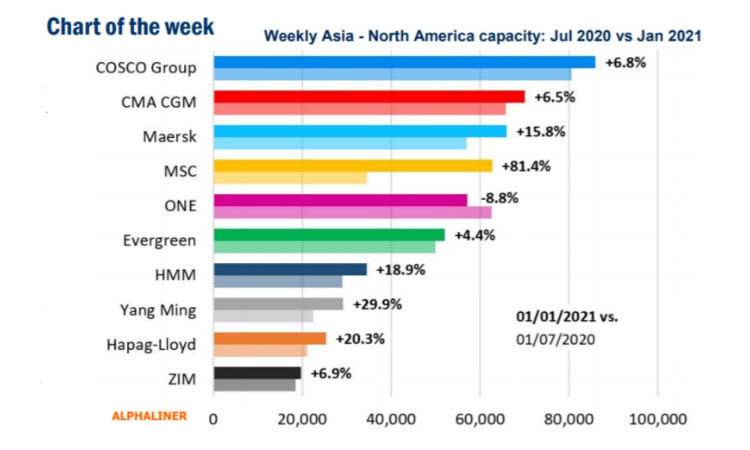

While IMF reports global trade growth in monetary terms rather than in terms of container volumes or weight, there is a highly significant positive relationship between trade in economic terms and container shipping demand on a global level.
Figure 1 shows the world trade projections across both imports and exports for both advanced and emerging economies for 2021-2022 as well as the revisions made to those projections since the previous issue of the WEO report which was published in July 2021.
World trade contracted substantially in 2020, despite the demand boom in 2020-2H. For 2021, IMF has predicted a 9.7% growth, which is the same as the projection in July 2021, and higher than the strength of the contraction in 2020.
This is driven by the current demand boom on the Transpacific, brought about by the US consumers’ shift from consumption of services to goods. However, IMF expects demand growth to decrease in 2022, as their projection was revised downwards by -0.3 percentage points to 6.7%.
Imports for advanced economies are projected to grow by 9.0% in 2021 and 7.3% in 2022, with both years revised downwards by -0.7 and -0.3 percentage points, respectively. Imports for emerging economies are projected to grow by 12.1% in 2021 and 7.1% in 2022, with the 2021 projection revised up by 0.7 percentage points and the 2022 projection unchanged relative to the July 2021 update.
Exports for advanced economies are projected to grow by 8.0% and 6.6% in 2021 and 2022, respectively. For emerging economies, exports are projected to grow by 11.6% and 5.8% in 2021 and 2022, respectively, with a strong 0.8 percentage point upwards revision for 2021 and a similarly strong -0.9 percentage points downwards revision for 2022.
Source: Sea Intelligence

